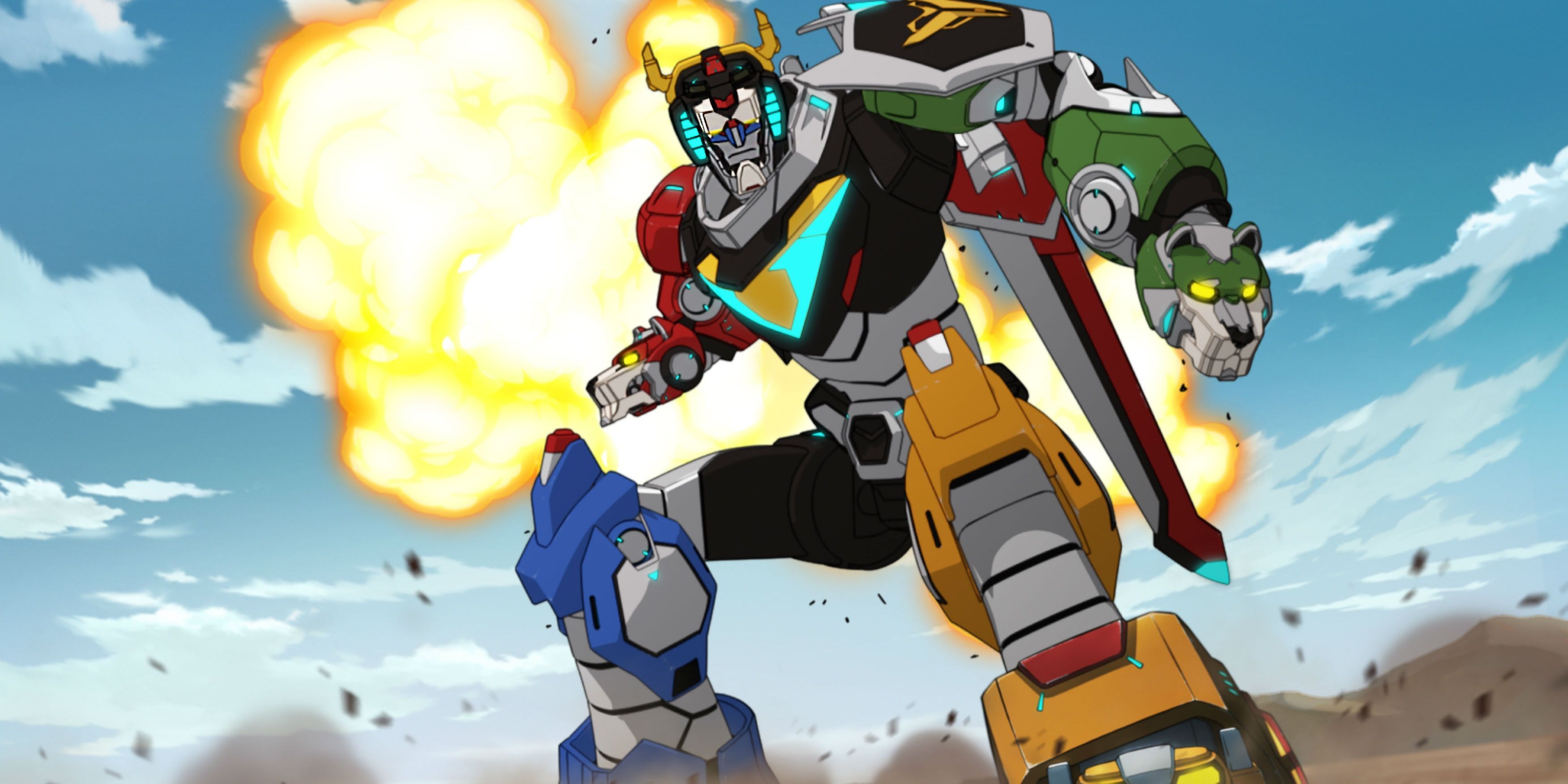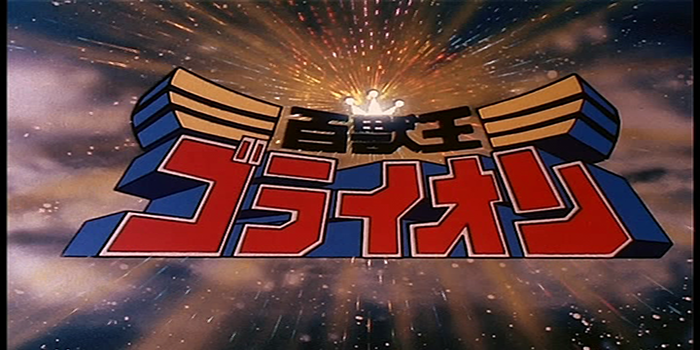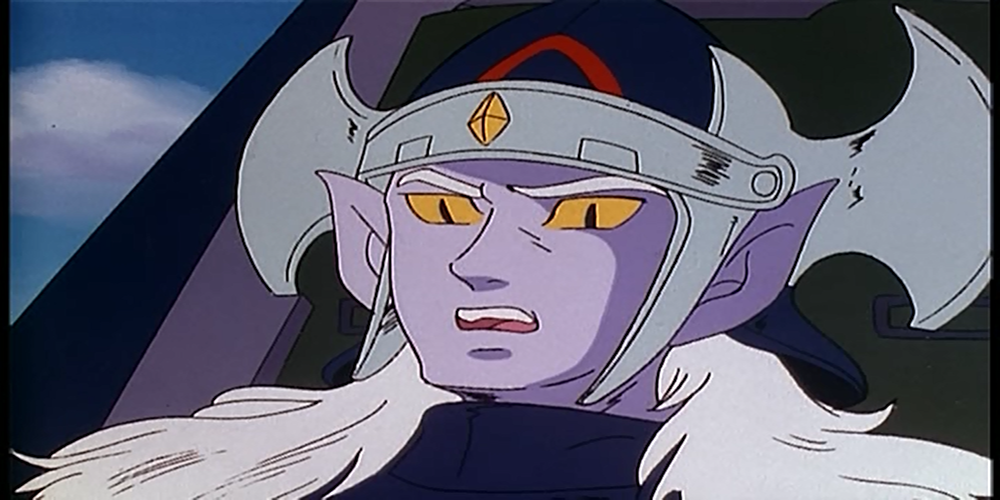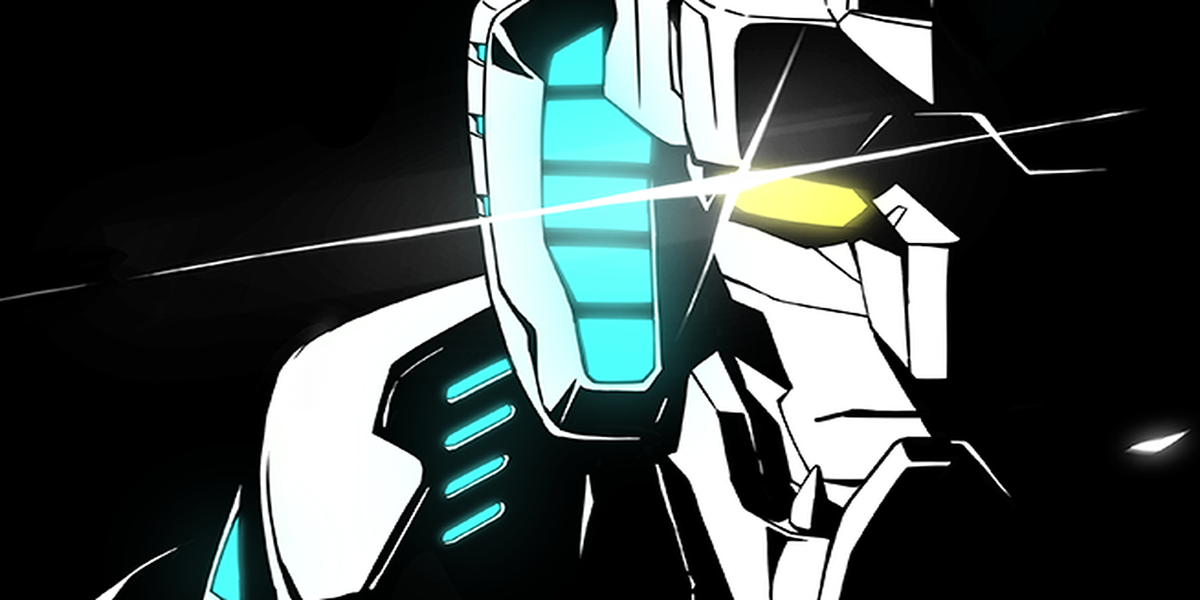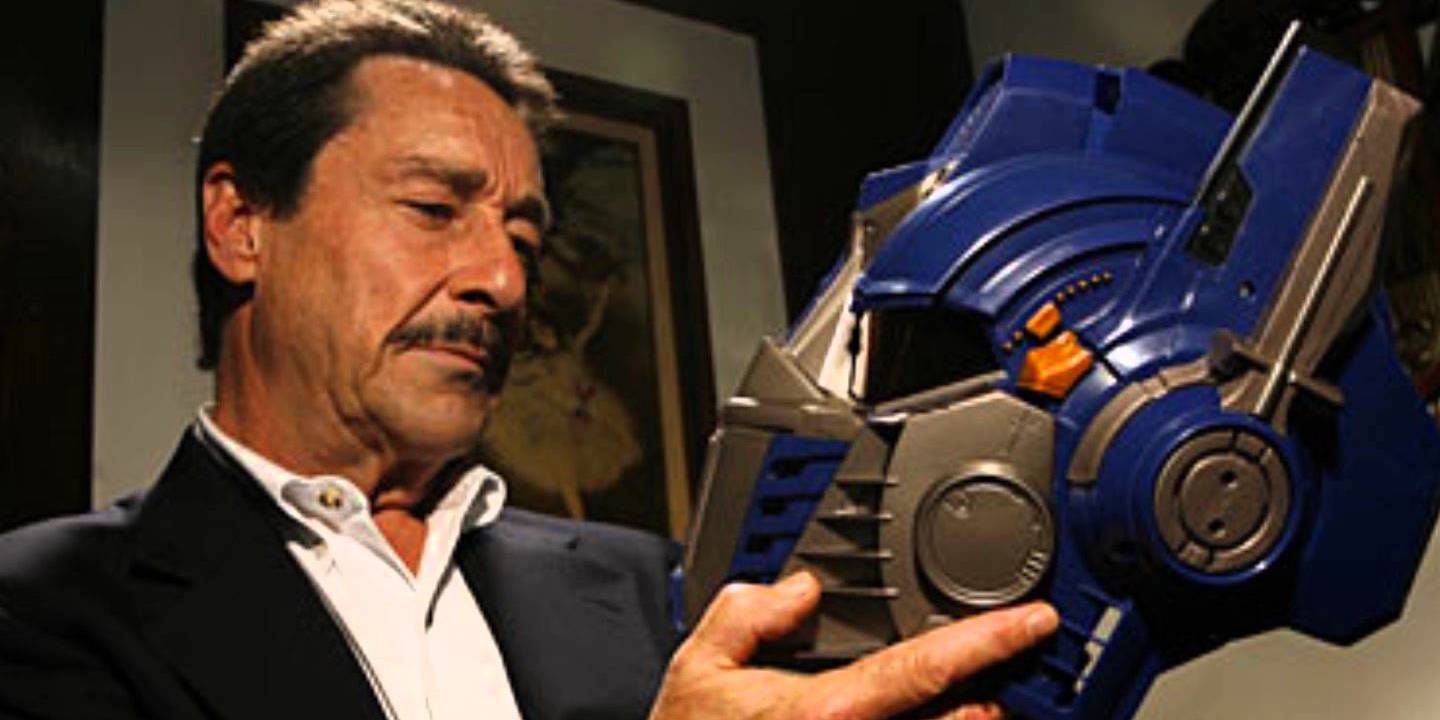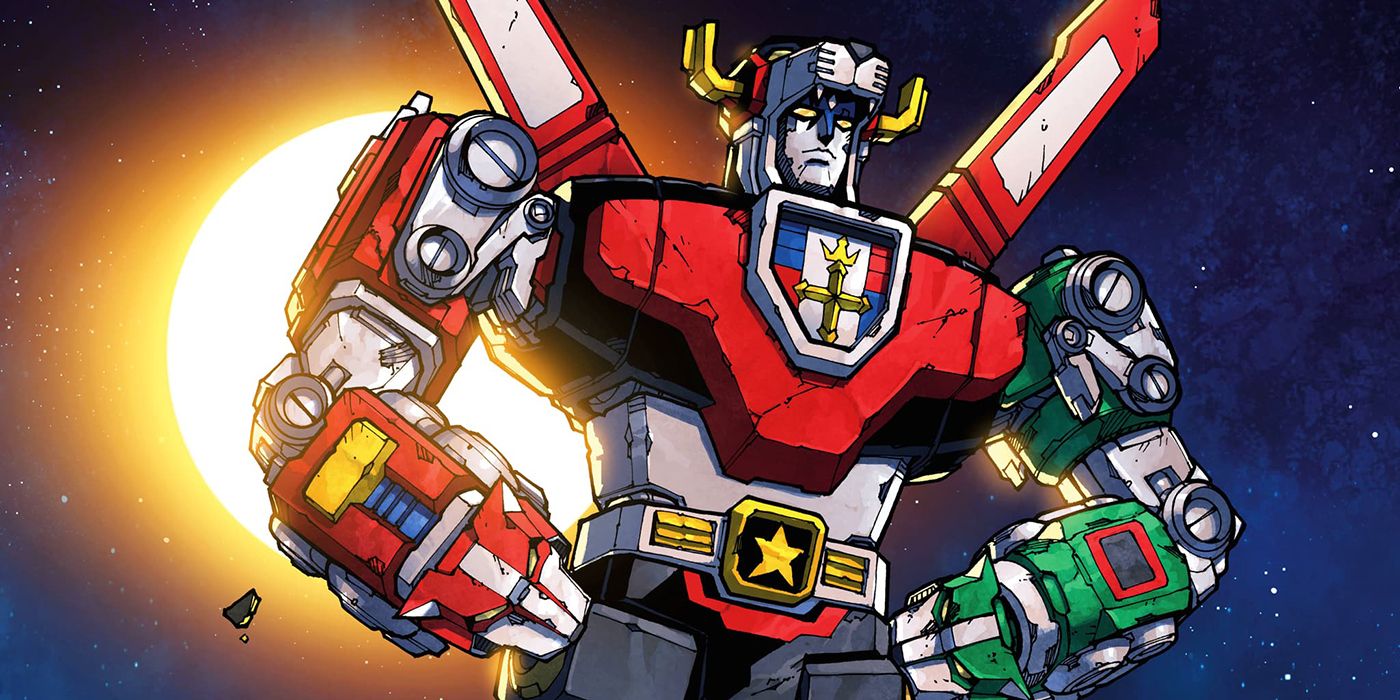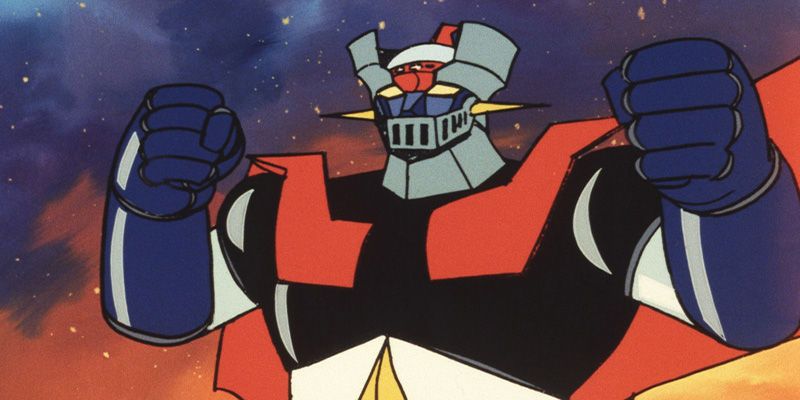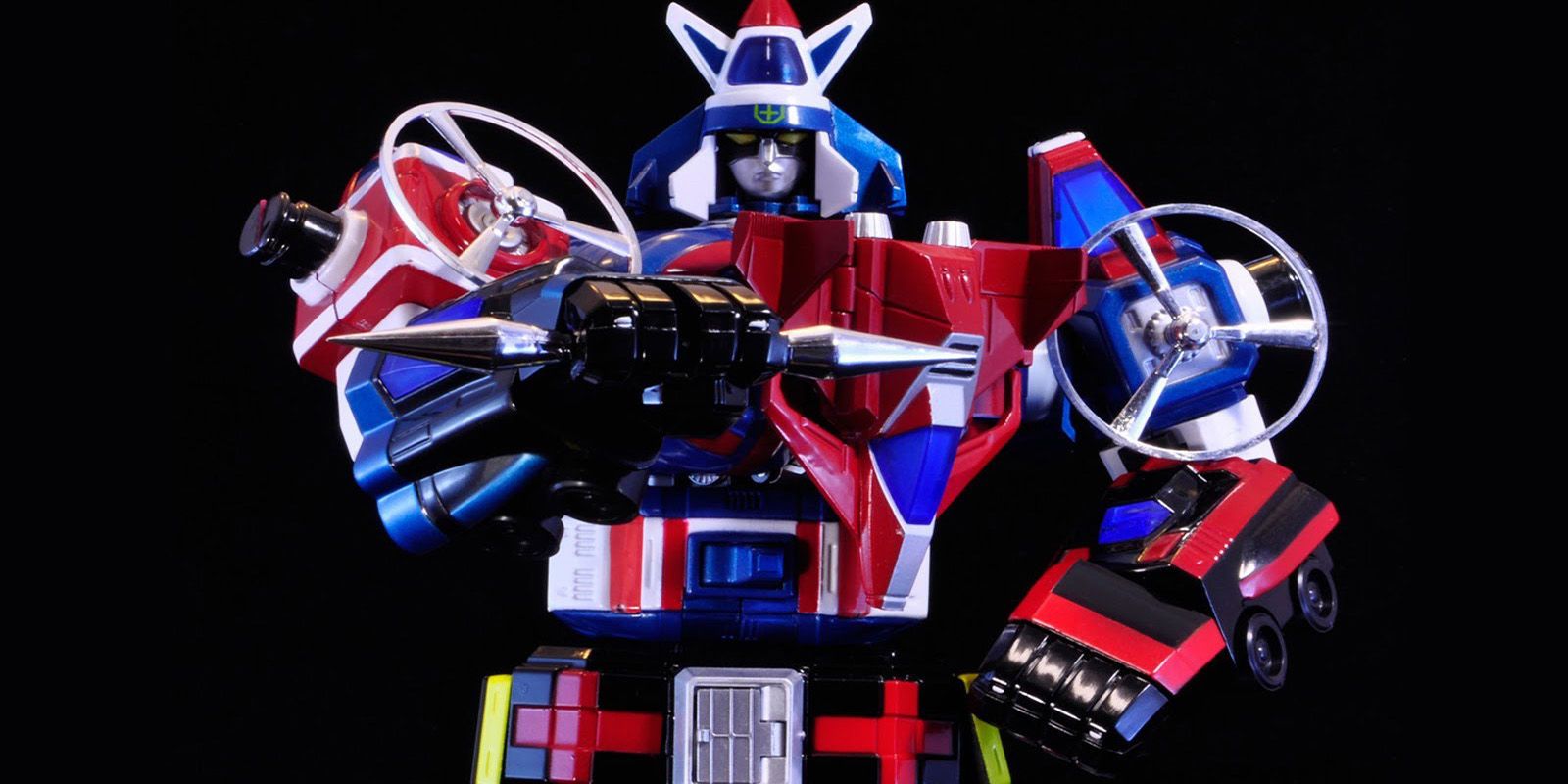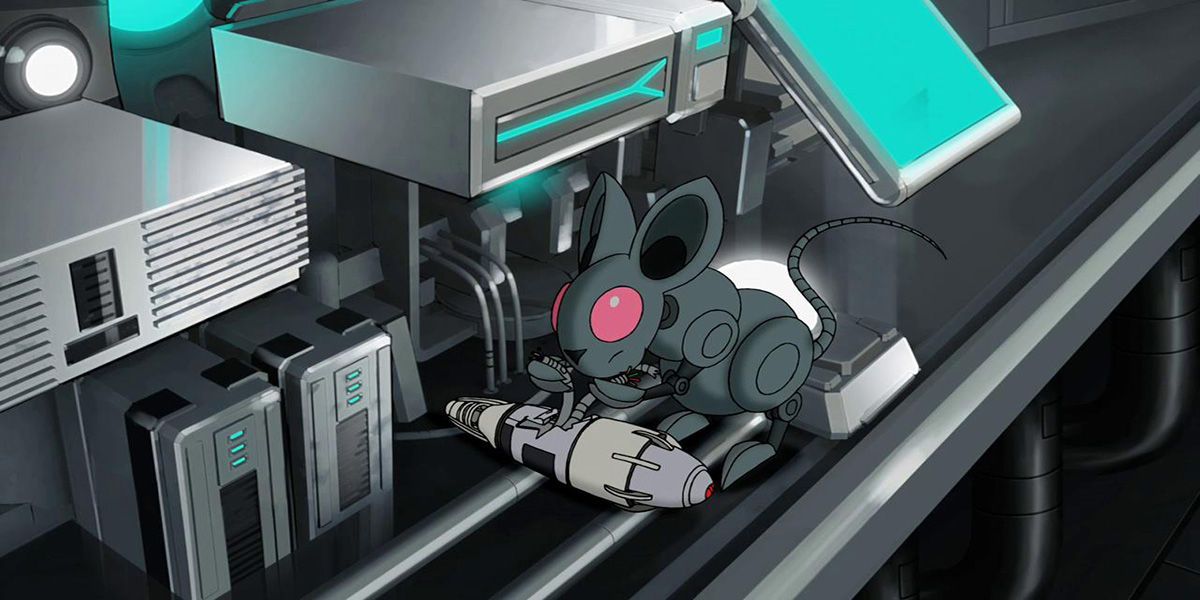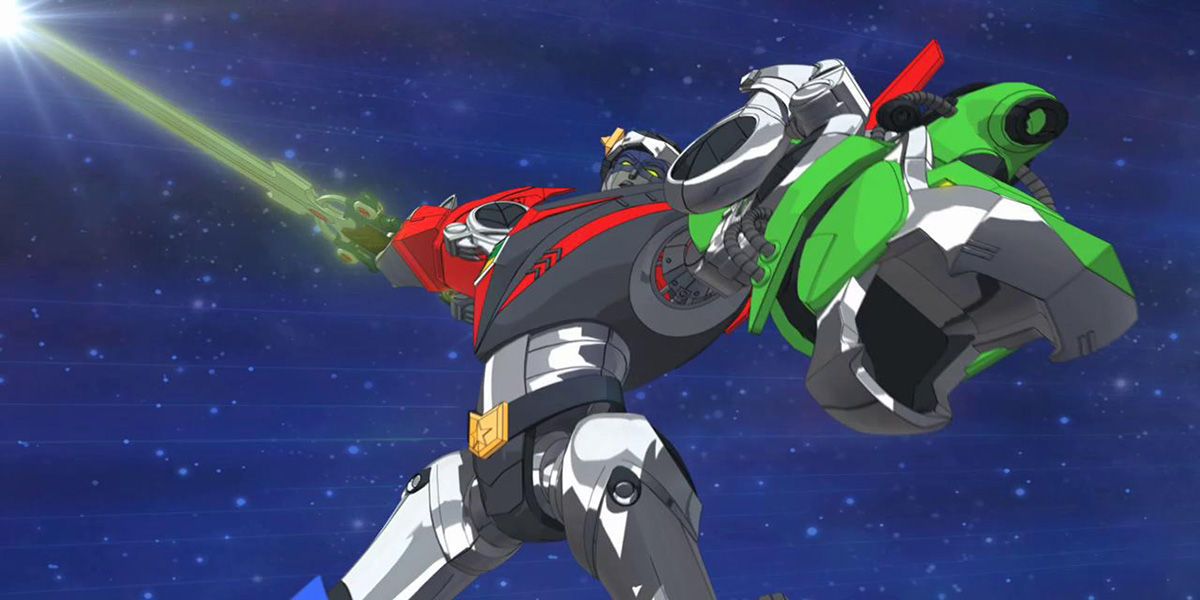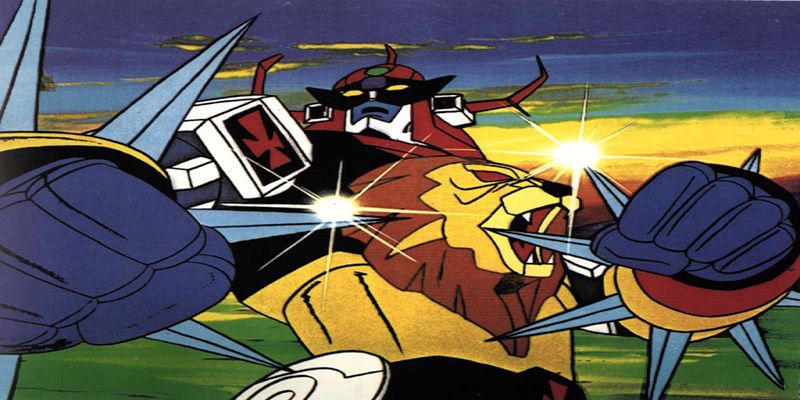As one of the pioneers of the golden age of ‘80s cartoons, Voltron has always held a special place in the hearts of its fans. Though incredibly rough around the edges, Voltron’s epic robot battles, memorable animation style and classic line of toys helped it earn a spot in the world of nostalgic entertainment. Those who remember the show fondly will have a chance to experience the new age of Voltron when Netflix revives the series on June 10th, while those that who never got the chance to experience this quirky masterpiece will have the opportunity to see what all the fuss is about.
Regardless of your level of Voltron fandom, the show’s strange path to entertainment innovation is loaded with strange twists, and tidbits that capture just how unique it truly is. Though the full tale would require a write-up as epic as the show’s action sequences, consider these ten facts to be the essential pieces of Voltron knowledge all viewers must know - the 10 Things You Need to Know about Voltron.
10. The First Two Seasons Were Edited Versions Of Japanese Shows
The Japanese animes Beast King GoLion and Armored Fleet Dairugger XV may not be familiar names outside of their home country, but they happen to be the source material for most of Voltron: Defender of the Universe’s footage. Season one of Voltron consists of re-edited GoLion footage, while season two is repurposed Armored Fleet content.
Besides rewriting the entirety of the dialog for these shows due to translation and dubbing issues, Voltron’s showrunners actually made quite a few cuts and modifications to the source footage in order to make sure it was appropriate for Western audiences. Mostly, this meant removing much of the violence found in both shows and working around the major character deaths that served as the original storyline's most crucial moments.
9. Voltron's Mythology Runs Deep
Even though Voltron was developed for a very young audience and often presents itself as a pretty simple tale of good vs. evil with the occasional giant robot fight tossed in, a longer look at the world of Voltron reveals a surprisingly deep mythology that incorporates thousands of years of history across multiple universes.
Although much of this mythology was lost in translation by the time that Voltron made it to American television, you can still see trace elements of the larger universe by really listening to those dialogue scenes that children everywhere used to dread having to sit through between robot fights. This is especially true of the narration and dialogue that open each season, which the writers used to help bridge the gap between the different shows that provided Voltron’s footage.
8. It Was The Number One Children's Show In America For Two Years
If you didn’t grow up during Voltron’s initial television run, then it’s quite possible that the show exists somewhere in the periphery of your pop culture view. After all, Voltron doesn't have quite the same longevity as a series like G.I. Joe, Teenage Mutant Ninja Turtles or He-Man, nor has it enjoyed a major motion picture reboot such as the one Transformers received.
However, Voltron was extremely popular in the show's heyday. So popular, in fact, that it managed to remain the number one syndicated children’s show for two years during a very competitive time in the market. Perhaps most importantly, the overwhelming success of Voltron directly influenced future projects such as Mighty Morphin Power Rangers and introduced much of its American audience to the very concept of Japanese anime.
7. Peter Cullen (Optimus Prime’s Voice Actor) Performed The Show's Opening Narration
Though the divide between the two groups is not quite as large as the one that once existed between the Sega and Nintendo fanbases, there was always something of a friendly rivalry between Transformers fans and Voltron fans regarding the results of theoretical giant robot fights.
However, the two sides actually share a common link via the voice work of actor Peter Cullen. That’s right, the same voice actor that performed the loveably cheesy narration of Voltron’s opening title sequence is also responsible for voicing Optimus Prime. Cullen is also the voice behind Voltron’s King Alfor, and would later make an appearance in the vehicular Voltron series as Commander James Hawkins. These roles, as well as Cullen’s contributions to many of the most beloved ‘80s cartoons of all-time, cement the man’s legacy as the voice of the Saturday morning cartoon generation.
6. According To The Japanese Source Material, Voltron Might be Semi-Living
Although the violence in the Japanese shows that Voltron gets much of its footage from isn’t particularly overwhelming, the climate of children’s television in America during that era makes it clear why even the mere mention of character deaths and similar elements had to go. However, this removal of all permanent violence against human characters meant that Voltron viewers were never exposed to one of the show’s most intriguing implications.
According to Beast King GoLion, Voltron was originally created as a sentient robotic defender that was later split into separate mechanical parts. The American version of Voltron never really touched on this aspect and instead presented the robot fighter as the result of several machines banding together. Perhaps the showrunners felt that the idea that Voltron is indeed a semi-living creature that no longer possesses the ability to make himself whole again via free will was a bit too disturbing.
5. Voltron’s Final 20 Episodes Were The Only American Created Ones
Voltron was certainly an innovator in the field of repurposing Japanese television for a foreign audience, but it’s important to note that not all of Voltron was taken from other sources. When the material that Voltron was based on ran dry, the show’s creative team decided to develop the series' final 20 episodes on their own exclusively for the show's American audience.
Well… kind of. The history behind Voltron’s final act is a bit murky, but it appears that the original plan was to adapt a Japanese show by the name of Lightspeed ElectroGod Albegas (how great are these names?) into the third season. However, that plan fell apart and Voltron’s parent studio decided to essentially create new episodes of an anime called Hyakuju-o Goraion and repackage them as Voltron content. In any case, it’s clear that the show wore its anime influences proudly until the end.
4. Voltron's Second Season Throws Everything Out Of Whack
You can imagine the headaches that result from attempting to adapt separate Japanese shows and repurpose them in order to form a comprehensive new storyline. While Voltron's writers did a fairly admirable job of keeping everything together, it must be said that season two of Voltron is largely responsible for throwing everything out of whack in terms of creating a comprehensive Voltron mythology.
Unlike the rest of the series which presented Voltron as being made of five lion-based robots, the episodes of Voltron based on the Armored Fleet series that comprise the show’s second season featured a version of Voltron made up of 15 separate vehicular parts piloted by three teams. This is the only season in the show's main cannon that presents a vehicular version of Voltron, yet this version is still referred to as “Voltron I” due to his closer proximity to Earth within the show’s universe. Because of these changes, these episodes are viewed as something of a black sheep among long-time fans.
3. A Group of Space Mice Once Built Their Own Version of Voltron
So we have a Voltron made of lion robots, a Voltron made of vehicles and a Voltron conceived largely by American writers. Surely that must be all the Voltrons, right? Not so fast. Before you’re done with the Voltron roll call, you must also account for the space mice version.
Yes, according to the show’s loveable lore, there is a group of ancient space mice that inhabit the planet Voltron was designed on who also so happen to have access to a mouse-shaped mechanized weapon of their own. Even though their giant robot fighter isn’t officially recognized as a part of the Voltron lineage (and indeed bears little resemblance to the main builds) the ancient origins of the mice combined with their general lovability has led to some within the fanbase ceremoniously dubbing their creation a Voltron unit.
2. Voltron’s Blazing Sword Finished Nearly Every Battle
Remember that scene in Pacific Rim when the giant robot pulled out that spectacular sword and proceeded to lay waste to the alien forces while the entire audience threw up their arms and shouted, “Why didn’t they use the sword before now?!?” If so, then you’re already familiar with the basic template of nearly every Voltron episode.
See, Voltron had access to a sword that was so powerful it could end nearly every battle that he participated in. The funny thing about this sword is that it was almost never used in the fight’s opening stages. Instead, Voltron’s pilots typically treated it as a last resort when all other tactics failed. Maybe they just felt that pulling out an instant-win weapon wasn’t very sporting of them.
1. Voltron Was Originally Supposed To Be Based On A Different Show, But The Wrong Tape Was Sent
Before the glorious age of the internet, anyone that wanted to see a piece of video content that was otherwise unavailable to them on television or at the theater typically engaged in the practice of tape trading. Just as it sounds, this technique involved one party recording the material in question and sending it to the requester, typically in exchange for another tape. This same practice is how Voltron’s creators came into possession of the Beast King GoLion show that Voltron is based on.
The funny thing about that, though, is that they were never meant to receive Beast King GoLion. The Japanese studio Toei Animation accidentally sent Voltron’s creators Beast King GoLion when they were actually supposed to send a show by the name of Mirai Robo Daltanias. By the time that the mistake was cleared up, however, the Voltron team decided they liked GoLion better and ran with it instead.

